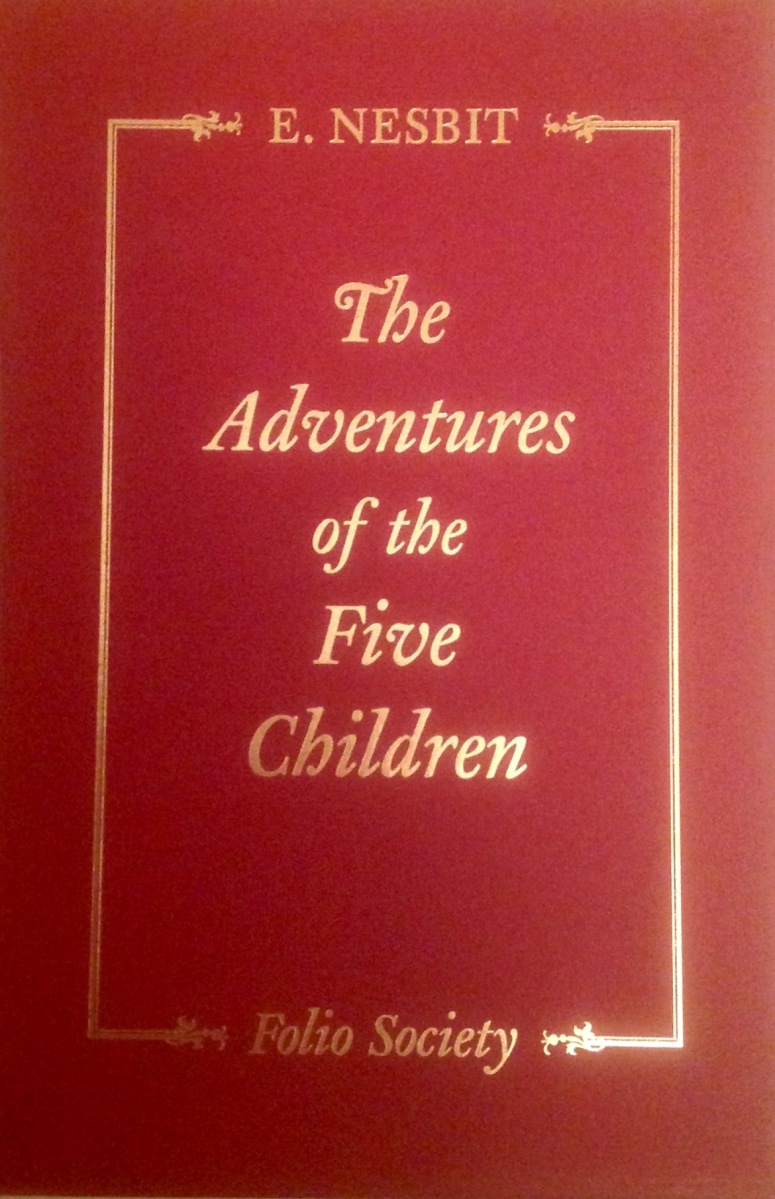
I’ve struggled in writing this post, mainly because so much of the humor and atmosphere in the book just doesn’t come across in a simple synopsis. Nesbit’s writing is engaging even in today’s world, and since this book was written in 1902, that’s saying something. The fact that it’s never been out of print since it was first published says more than I can hope to get across in a few words. Since it was written in a much different world than we live in today, be prepared for a touch of political incorrectness, although nothing disturbing enough to detract from the otherwise wonderful qualities of this story. Add to that fact that it’s written by a British author and populated by British characters, so some of today’s children might have a hard time relating to the story in places. That being said, it remains a glorious tale of magic and adventure, and that, all children can relate to.
The book centers around five children (obviously), siblings named Robert, Anthea, Cyril, Jane, and baby brother, the Lamb. The “it” of the title is a disgruntled sand fairy, or Psammead, the children discover while digging in a sand pit near their home. When they discover it is required to grant their wishes, they are overjoyed, but apparently, they have never heard the phrase “be careful what you wish for.” Disgruntled may be too gentle a term to describe the Psammead’s disposition; it gets thoroughly disagreeable several times during the book and seems to take a perverse pleasure in knowing that the children’s wishes won’t always be the marvelous adventures they’re hoping for.
Aside from the Psammead’s prickly nature, it’s not much to look at either. “Its eyes were on long horns like a snail’s eyes, and it could move them in and out like telescopes; it had ears like a bat’s ears, and its tubby body was shaped like a spider’s and covered with thick soft fur, its legs and arms were furry too, and it had hands and feet like a monkey’s.” Not exactly what you picture when you hear the word “fairy”, is it?
Once the children finally convince the Psammead to come out of its bed of warm, dry sand, they learn that it has lived there for several thousand years, enjoying a nice long sleep and resting up from the days when sand fairies were plentiful and all the people used them for wishing on a regular basis. Of course, the children are delighted to learn that it can still grant wishes, but when forced to come up with a wish on the spur of the moment, “…be quick about it. I’m tired of you”, they can’t think of a thing. Seeing that the Psammead is about to burrow back into its warm home, Anthea blurts out a private wish of her own. The Psammead pushes out its eyes, holds its breath, and swells itself out till it is twice as fat and furry as before, but finally lets out a big sigh and declares itself out of practice. After coming to an agreement that the children will ask for no more than one wish a day among all of them, the Psammead gives their wish another try, and voila!, the book is off and running.
Each chapter is basically a short story recounting the children’s wishes and their outcomes. As I said, “be careful what you wish for” is a main theme, but Nesbit manages to make this point fresh and consistently funny. Her writing seems to be effortless, and children will never feel they’re getting a morality lesson, as so many other books from this time period are prone to give. Nesbit addresses this issue directly in the book. “And that, my dear children, is the moral of this chapter. I did not mean it to have a moral, but morals are nasty forward beings, and will keep putting their oars where they are not wanted. And since the moral has crept in, quite against my wishes, you might as well think of it next time you feel piggy yourself and want to get rid of any of your brothers and sisters.”
Asides like this one are peppered throughout the book, giving adults a chance to enjoy it as much as children. Here are a few more: “Trees are all different, as you know, and I am sure some tiresome person must have told you that there are no two blades of grass exactly alike.” “But the happenings of strange things, even if they are not completely pleasant things, is more amusing than those times when nothing happens but meals, and they are not always completely pleasant, especially on the days when it is cold mutton or hash.” “No one had a foot-rule in its pocket, so Robert could not be measured, but he was taller than your father would be if he stood on your mother’s head, which I am sure he would never be unkind enough to do.” One last example: “Everyone began to talk at once…but these children were used to talking ‘by fours’,…and each of them could say what it had to quite comfortably, and listen to the agreeable sound of its own voice, and at the same time have three quarters of two sharp ears to spare for listening to what the others said. That is an easy example in multiplication of vulgar fractions, but I dare say you can’t do even that, I won’t ask you to tell me whether 3/4 X 2 = 1 and 1/2, but I will ask you to believe me that this was the amount of ear each child was able to lend to the others. Lending ears was common in Roman times, as we learn from Shakespeare, but I fear I am getting too instructive.”
If you are looking for an entertaining book that your children will enjoy, or if you feel like indulging the child inside and reading a children’s book yourself, this is an excellent choice. The story is great fun, and the writing is witty and tongue-in-cheek. Give it a try. You may discover your next favorite.





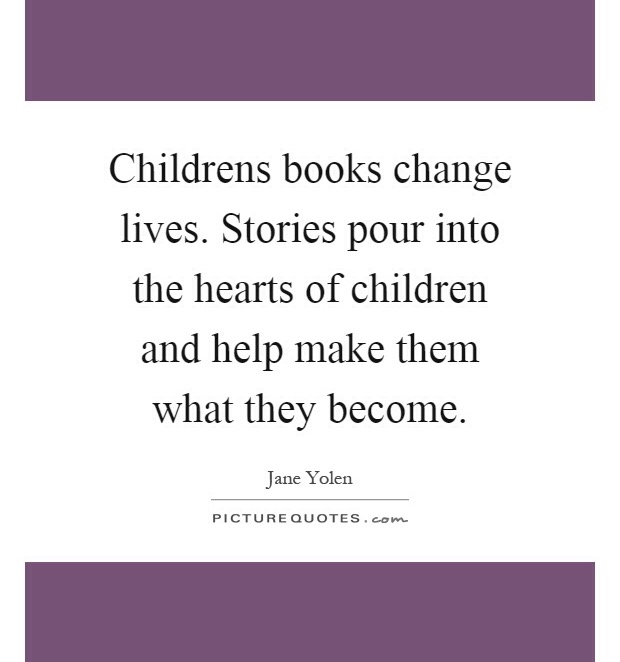
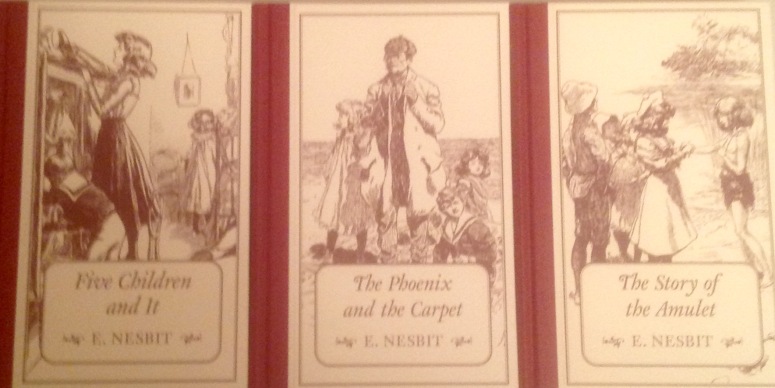
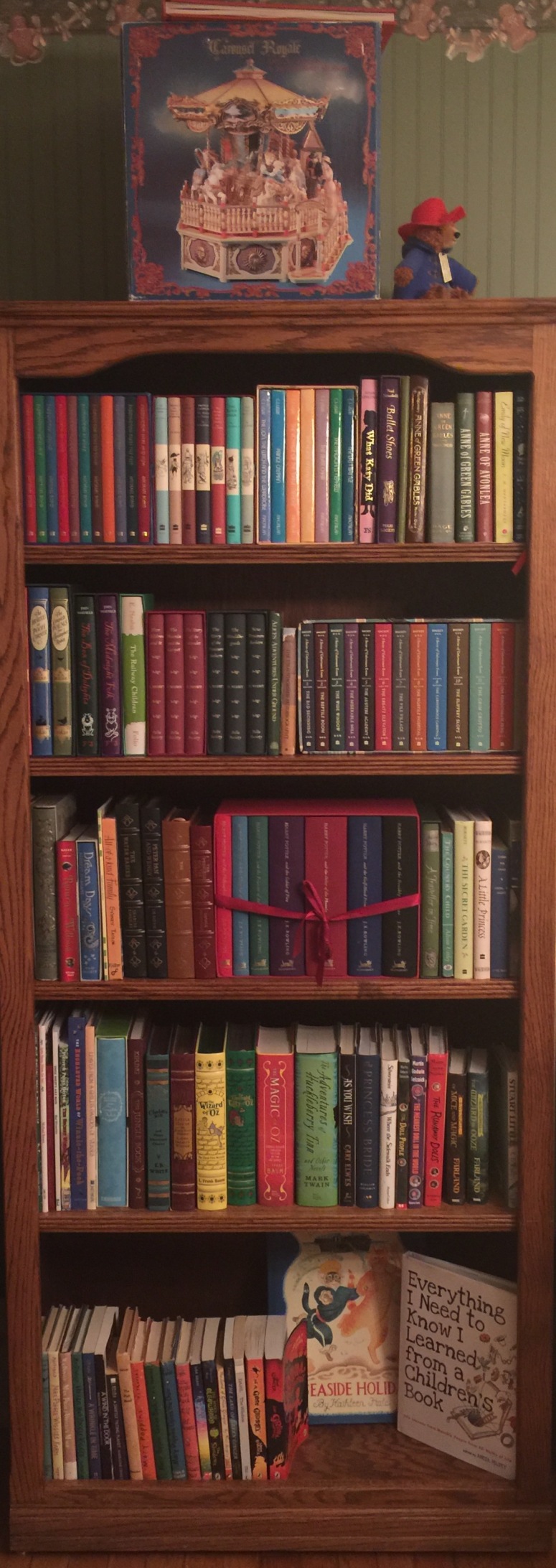
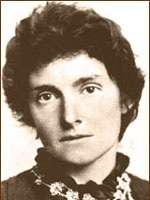

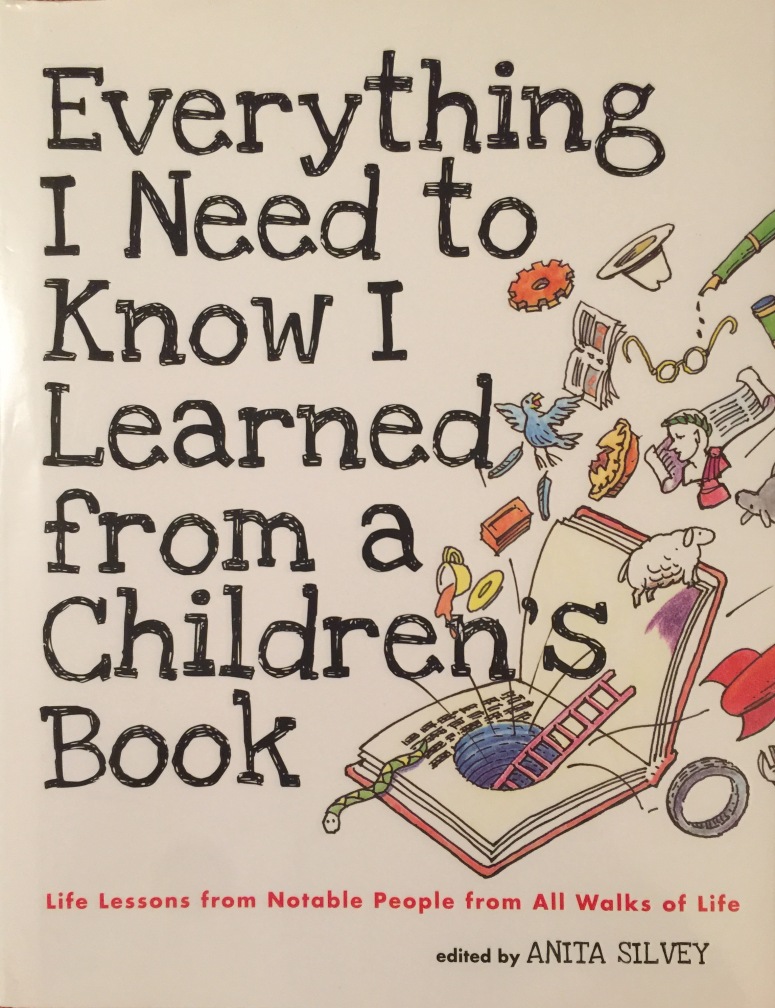 THE book I turn to when someone asks me why I still read “kiddy lit”. One of my favorite gifts ever from a friend who doesn’t need to ask that question. Now, go find your favorite children’s book and enjoy your day! Happy reading!!!
THE book I turn to when someone asks me why I still read “kiddy lit”. One of my favorite gifts ever from a friend who doesn’t need to ask that question. Now, go find your favorite children’s book and enjoy your day! Happy reading!!! Roald Dahl has been described as “the world’s most scrumdiddlyumptious story teller”, and I’m not about to dispute it. That being said, he has a decidedly odd and dark imagination. “The Witches” is one of his darker stories, in my opinion, so if you have a sensitive, easily frightened child, you might want to skip this one.
Roald Dahl has been described as “the world’s most scrumdiddlyumptious story teller”, and I’m not about to dispute it. That being said, he has a decidedly odd and dark imagination. “The Witches” is one of his darker stories, in my opinion, so if you have a sensitive, easily frightened child, you might want to skip this one.